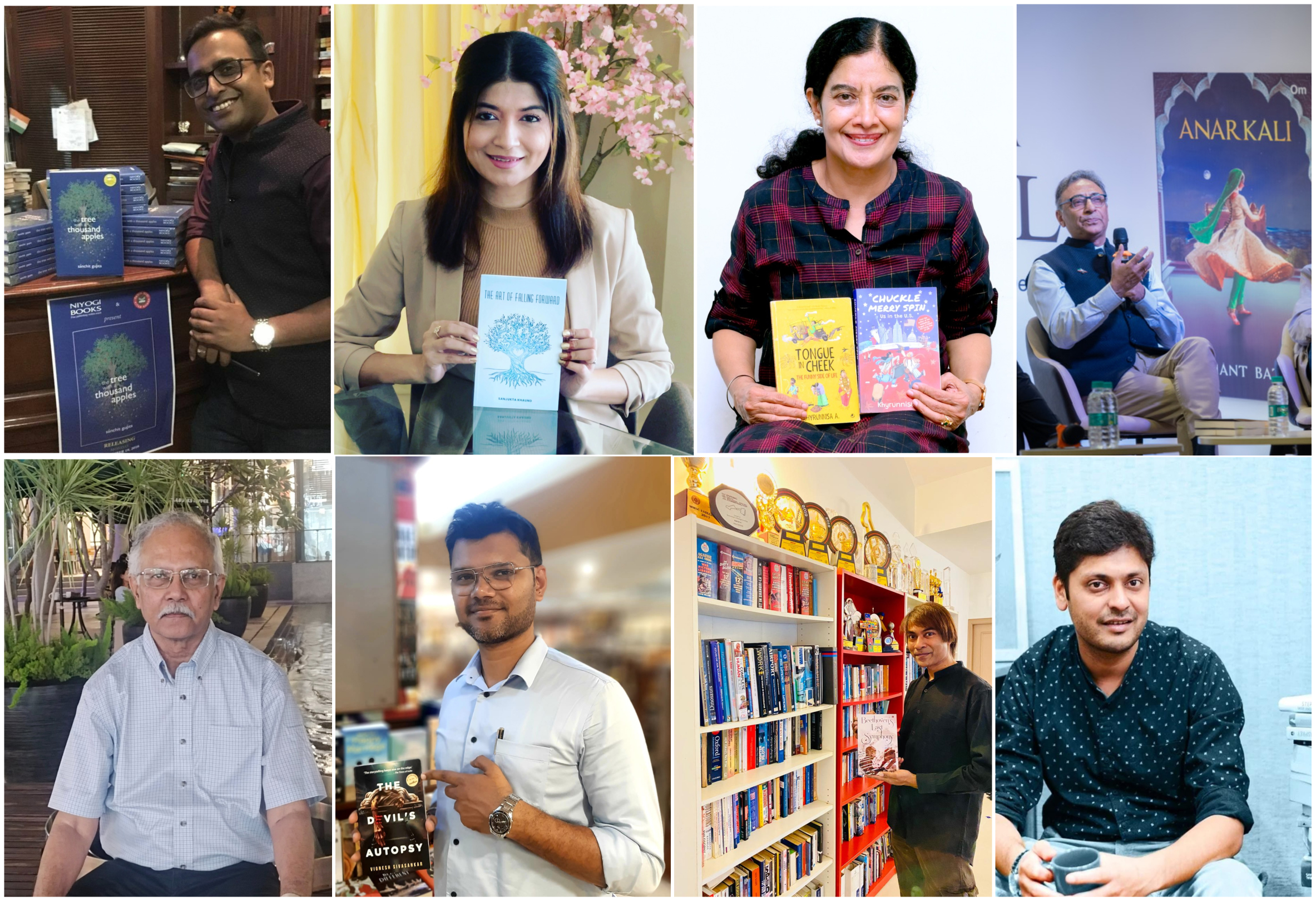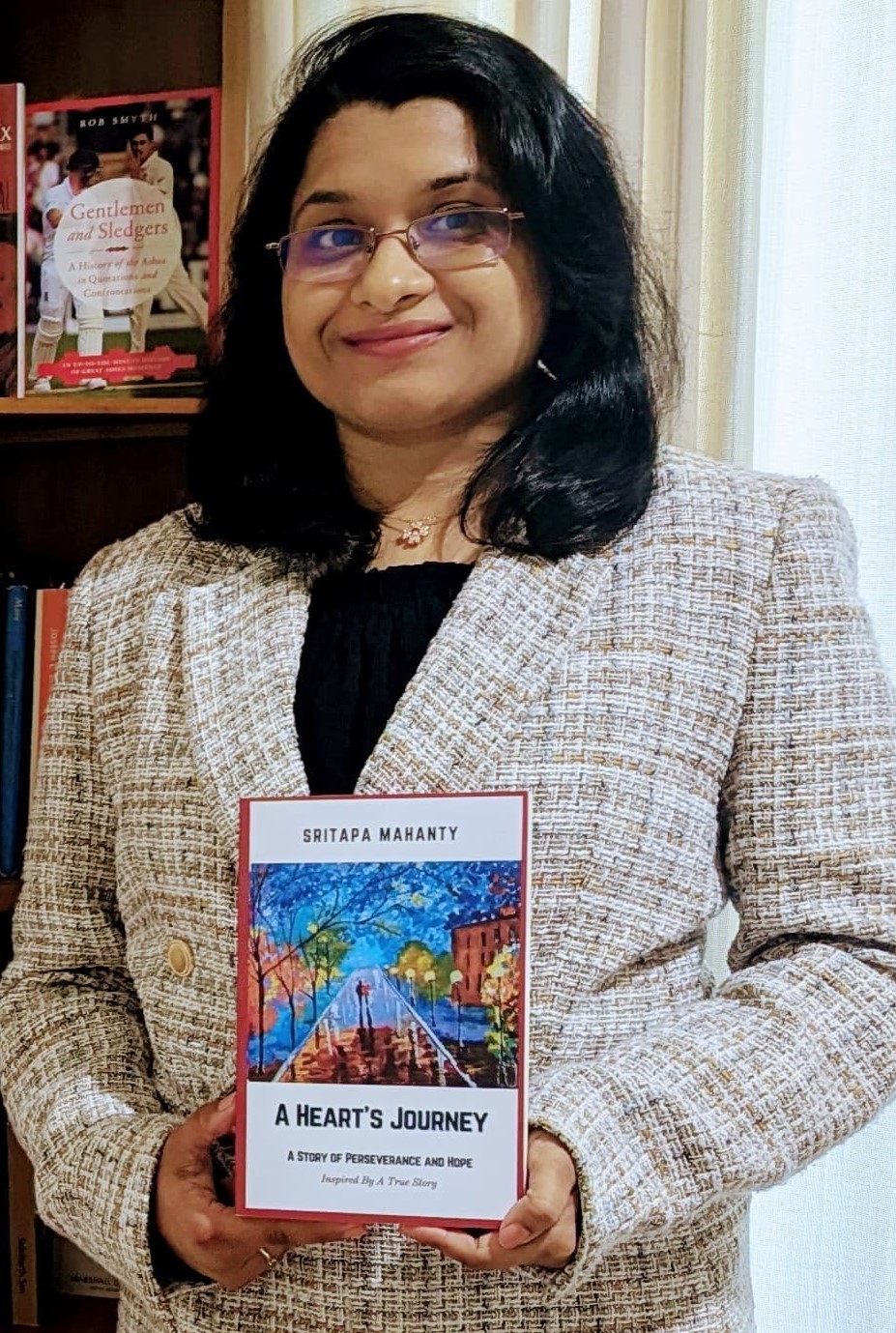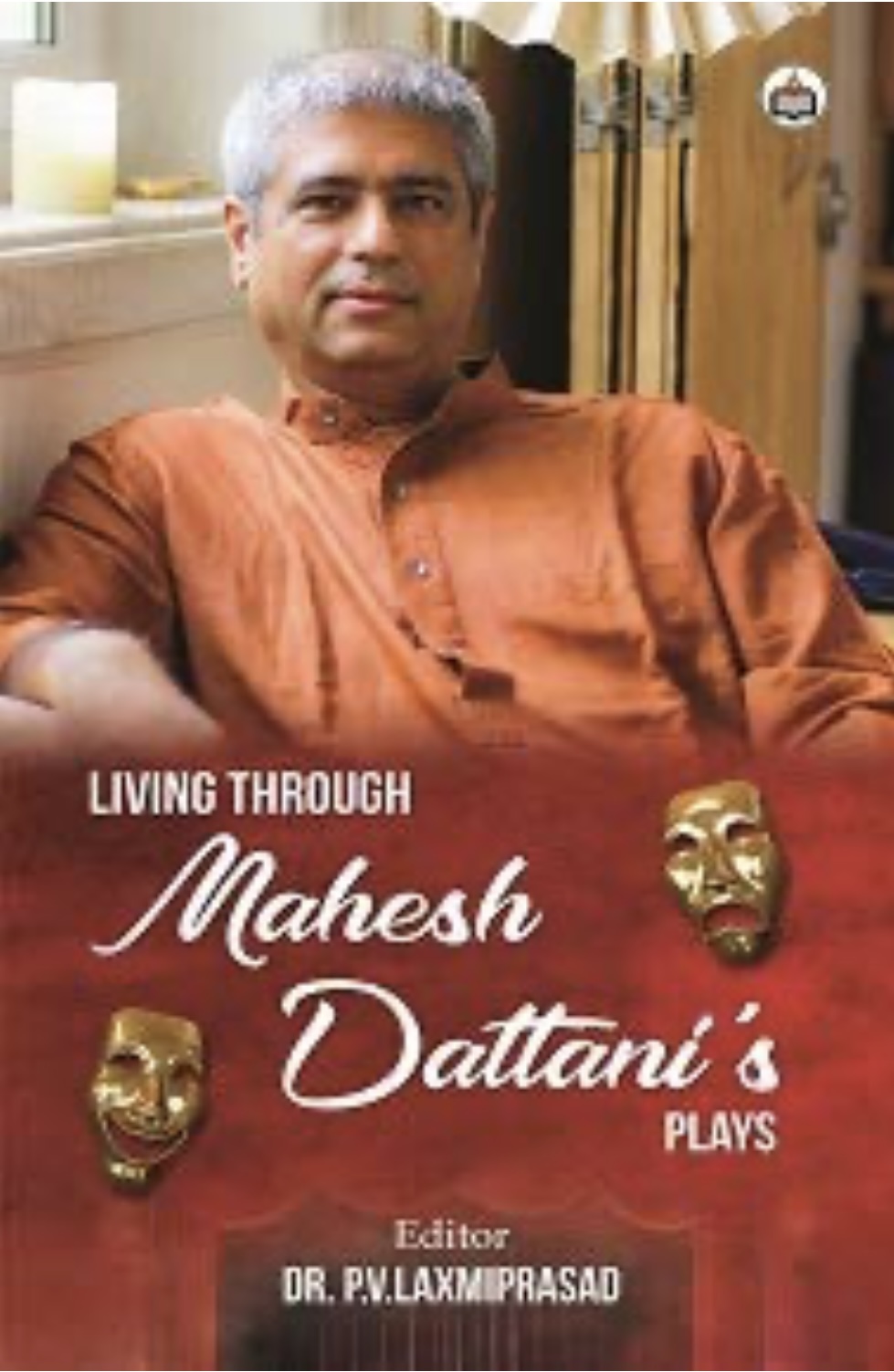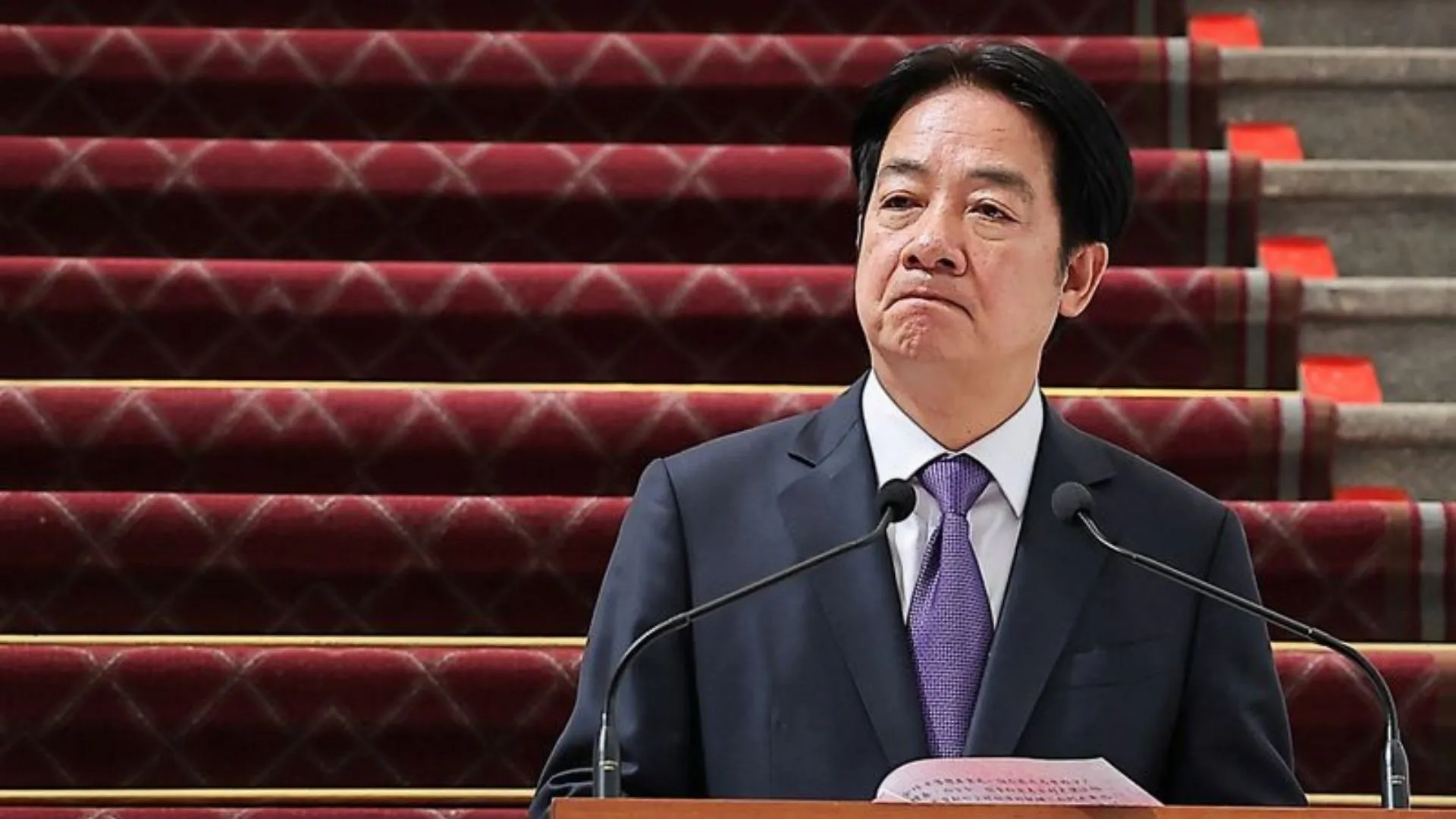Welcome to the digital age! Technological advancements have not only transformed the way we communicate, work, and entertain ourselves but also revolutionised the world of books. Technology has opened a vast realm of possibilities for bibliophiles. Nielsen India’s Book Market Report highlights India’s status as the second-largest English-language publisher globally for printed literature, with over 9000 publishing houses. Further, over 70% of such Indian publishers have adopted digital publishing, offering readers e-books for smartphones and e-readers.
In this article, we will explore how technology has reshaped how we read, write, and experience books, breathing new life into the literary world.
E-books: A Digital Library at Your Fingertips
Do you remember when your backpack would sag from carrying far too many books? Thanks to the magic wand of technology, we now have digital libraries at our fingertips in the form of e-books. E-readers, tablets, and cellphones are the new gateways to literary marvels, providing a lightweight and portable alternative to hauling around a full library. A large assortment of books is now just a click away, whether you’re relaxing by the pool or traveling on a crowded train.
Accessible Reading for All
The tech boom in the publishing industry has made books more accessible than ever. With text-to-speech functionality and customizable fonts, those with visual impairments or reading challenges can also savour the joy of reading. Technology has given a voice to those who were previously limited by traditional print formats. Further, reading has become more inclusive and fulfilling with features like translations, annotations, and interactive dictionaries, breaking down language barriers and broadening readers’ horizons.
Self-Publishing and Online Platforms
Aspiring writers have always had to overcome several obstacles to publish their work. However, because of technological advancements, self-publishing and internet platforms have enabled authors to reach a global audience with just a tap on their screen. A new wave of diverse voices and perspectives has emerged with the gradual democratisation of publishing, enhancing the literary scene.
Interactive and
Immersive Reading
By delivering interactive and immersive elements that take readers beyond the printed word, technology has provided reading enthusiasts with a new portal of literary goodness. Multimedia components like videos, audio clips, and animations are now included in enhanced e-books, giving the story more depth and meaning. Imagine being able to view a movie from the era you’re reading about or hear the music that the author listened to when they were writing their historical novel; these interactive features craft a holistic reading experience that enthralls readers in a way that conventional books could never hope to.
Digital Reading Communities
Technology has facilitated the development of active online reading communities. Booklovers from all over the world have come together with the advent of social media platforms, book-focused websites, and online book clubs, making it possible for people to communicate, discuss, and share their passion for books. Technology has connected readers and made it possible for them to engage in conversations that go beyond the pages of a book, whether it is by joining a virtual book club, taking part in online forums, or following favourite authors on social media. Reading has become an engaging social activity, facilitating a sense of community and the chance to connect with others who share similar interests.
At a glance
Technology has evidently transformed the literary industry, ushering in a new era in the history of literature. Technological advancements have fundamentally changed how we read and interact with books, from the introduction of e-books and more accessible reading options to the growth of self-publishing and interactive reading experiences. As we embrace the digital age, let us honour the enduring beauty of storytelling that has captivated people for ages while also celebrating the limitless prospects that technology affords.
The author is a President of Baker & Taylor Group of Companies























